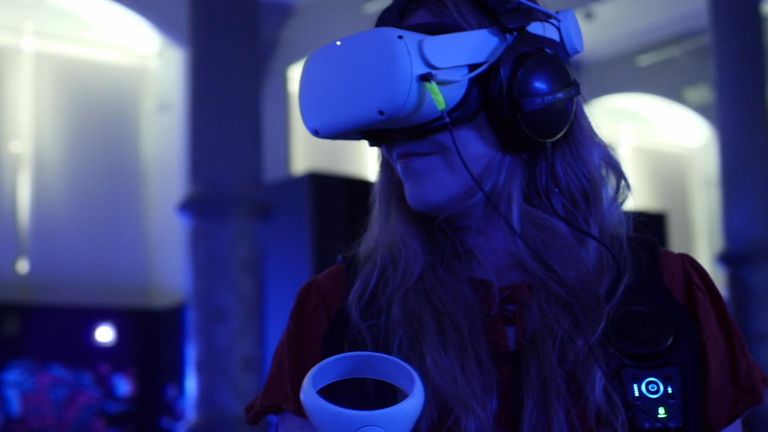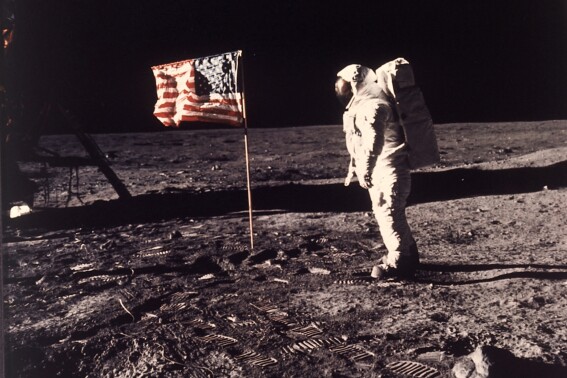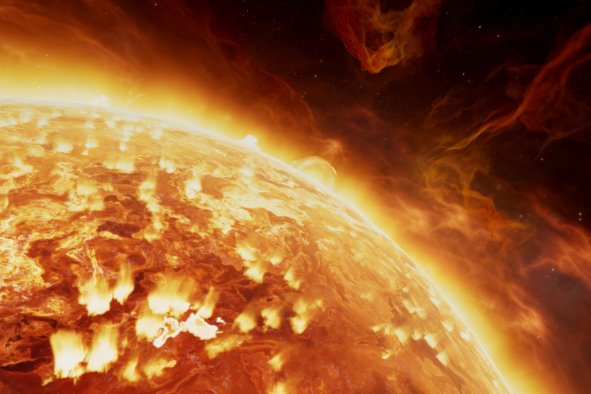Excessive heat warnings are set in place across many western U.S. states, and with dangerously high temperatures comes the risk of heat stroke.
Last weekend, three hikers died in Utah due to suspected heat exhaustion. More than 1,000 Americans are thought to die every year as a result of extreme heat in the United States, according to the U.S. Environmental Protection Agency. A large contributing factor to heat-related deaths is dehydration.
In hot weather, our bodies produce sweat to cool us down and maintain our core body temperature. However, this self-cooling system eventually starts to fail, especially when we don't have enough water. This is what causes heat stroke.
Heat stroke is a life-threatening heat illness, and hikers are particularly vulnerable. So, what can you do to minimize your risk of heat stroke?
Newsweek spoke to qualified outdoor instructor and community lead at Merrell Hiking Club, Carla Khouri, to find out.
1. Start early
"Avoid doing the hardest part of the journey (e.g. the elevation) during the hottest part of the day by starting your hike very early," Khouri told Newsweek. "You might also be treated to a beautiful sunrise if you time it right."
2. Plan wisely
"Choose a route with plenty of shade. Hiking through woods and forests will feel cooler and help avoid the effects of the sun. Consider planning a shorter route than you'd do in cooler weather and allow time for a slower pace and more breaks."
3. Hydrate
"When hiking in hot weather, you will lose more water and salts through sweat than usual, and it's important that both of these are replaced. I like to carry at least 2 liters [half a gallon] of water and add electrolyte tablets."
4. Check the weather forecast
"Even if it's been hot for days. If you're going up a mountain, then the weather can be very different to the weather in the valleys."
5. Wear/pack appropriate clothing
"If you're planning on being out in very hot weather for a while, it is best to avoid exposing the skin to the sun. Long-sleeved tops in a lightweight, wicking fabric and a wide-brimmed hat can help. I also pack a spare pair of socks and make sure I have stocked up my first aid kit with blister plasters, as sweaty feet can lead to hotspots and blisters."
6. Protect
"Cover any exposed skin with a high SPF sun cream, reapply regularly, and protect your eyes with polarized sunglasses."
It is also advisable to hike in pairs and be aware of the early symptoms of heat stroke, which U.S. Centers for Disease Control and Prevention say include the following:
- Confusion and slurred speech
- Hot, dry skin or profuse sweating
- Very high body temperature
If you or your hiking buddy experience these symptoms, call 911, move to a shaded area, and soak clothing in cold water.
Do you have a tip on a health story that Newsweek should be covering? Do you have a question about heat exhaustion? Let us know via science@newsweek.com.
Disclaimer: The copyright of this article belongs to the original author. Reposting this article is solely for the purpose of information dissemination and does not constitute any investment advice. If there is any infringement, please contact us immediately. We will make corrections or deletions as necessary. Thank you.



